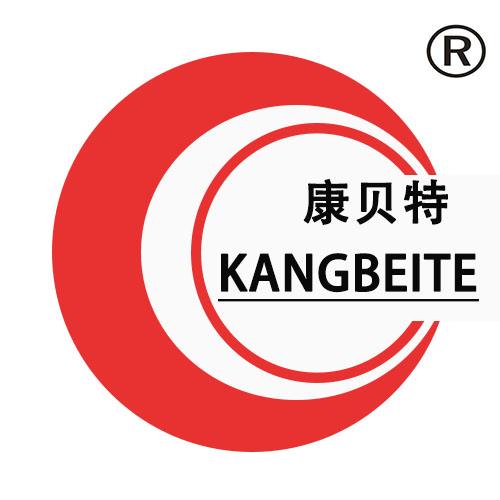Modified Atmosphere Packaging (MAP) is a sophisticated packaging technique that involves altering the gas composition inside a package. Instead of the normal air, which contains oxygen, nitrogen, and other gases, MAP replaces this with a customized blend of gases like nitrogen (N₂), carbon dioxide (CO₂), and sometimes a controlled amount of oxygen (O₂). This precise manipulation of the gas environment is the key to its effectiveness in extending the shelf life of various products.
How MAP Machines Work
MAP machines operate on the principle of gas substitution and regulation. These machines first evacuate the air inside the packaging container. Then, they introduce a pre - determined mixture of gases. The nitrogen in the mixture acts as a filler, maintaining the shape of the package and displacing oxygen, which can cause oxidation and promote the growth of aerobic bacteria. Carbon dioxide functions as a natural preservative, inhibiting the growth of mold, yeast, and many types of bacteria. The amount of oxygen, if present, is carefully controlled depending on the product's requirements.
Microbial Inhibition
One of the primary ways MAP machines extend shelf life is by inhibiting microbial growth. Most spoilage - causing bacteria, such as Listeria and Salmonella, are aerobic, meaning they require oxygen to survive and multiply. By reducing the oxygen content within the package, MAP machines create an environment that is inhospitable to these harmful microorganisms. The addition of carbon dioxide further enhances this effect, as it can disrupt the metabolism of many bacteria, preventing them from reproducing and causing food to spoil. For example, fresh dairy products packaged using MAP can stay fresh for significantly longer periods compared to those in traditional packaging.
Oxidation Prevention
Oxidation is a major factor in the spoilage of many food products, especially those containing fats and oils. When exposed to oxygen, fats can undergo oxidation, leading to rancidity, which affects the taste, smell, and nutritional value of the product. MAP machines prevent oxidation by minimizing the contact of the product with oxygen. Without oxygen, the chemical reactions that cause oxidation cannot occur, thus preserving the quality of products like nuts, cooking oils, and processed meats for extended periods.
Enzymatic Reaction Control
Enzymes are naturally occurring substances in food that can cause various chemical reactions, leading to spoilage. For instance, enzymes can cause fruits to brown, vegetables to lose their texture, and meats to deteriorate. MAP machines help control these enzymatic reactions by altering the gas environment. A lower oxygen level and an appropriate balance of other gases can slow down the activity of these enzymes, effectively extending the shelf life of products such as pre - sliced fruits and vegetables.
Benefits for the Food Industry
For food manufacturers, MAP machines offer significant advantages. They reduce product loss due to spoilage, which in turn cuts down on production costs. With extended shelf life, products can be transported over longer distances and stored for longer periods, expanding market reach. Moreover, since MAP reduces the need for chemical preservatives, it allows companies to meet the growing consumer demand for "clean label" products.
Advantages for Consumers
Consumers also reap the benefits of MAP - packaged products. They can enjoy fresher - tasting food for a longer time, reducing the frequency of grocery shopping. The extended shelf life also means less food waste at the household level, as products can be stored for more extended periods without going bad. Additionally, MAP - packaged products often retain more of their nutritional value compared to those with traditional packaging methods.
Applications in Different Food Categories
MAP machines are widely used across various food categories. In the meat and poultry industry, they help maintain the color, flavor, and texture of products while preventing the growth of harmful bacteria. For fresh produce, MAP preserves crispness and nutritional content. In the seafood sector, it keeps fish and shellfish fresh, reducing the strong odor associated with spoilage. Even in the bakery and confectionery industry, MAP helps prevent staling and mold growth, keeping products fresh and palatable.
Technological Advancements in MAP Machines
Modern MAP machines are equipped with advanced technologies. They offer precise control over gas mixtures, ensuring consistent packaging quality. Some machines are also designed to be energy - efficient, reducing operational costs. Additionally, new models can be easily integrated with existing production lines, increasing the overall efficiency of food manufacturing processes.
Conclusion
Modified Atmosphere Packaging machines play a crucial role in extending the shelf life of a wide range of products. By addressing the major causes of spoilage - microbial growth, oxidation, and enzymatic reactions - they provide significant benefits to both the food industry and consumers. As technology continues to advance, MAP machines are likely to become even more efficient and versatile, further enhancing their importance in the food packaging sector.

